Best Spring Salad
 Best Spring Salad
Best Spring Salad
12 spears asparagus
1 T. olive oil
salt and black pepper to taste
¾ cup quinoa assorted
1 head lettuce approx. 4 cups, torn or chopped
1 cup strawberries halved
edible flowers and fresh mint for garnish, optional
Start by preparing the asparagus. Cut off the thick, tough ends of the spears. Then, cut the asparagus into 2-inch pieces. Spread them on a lined baking sheet, drizzle with olive oil, and sprinkle with salt and pepper. Roast at 375 F for about 15 minutes until the asparagus is tender. Use this time to prepare the rest of the ingredients and the dressing. Toss the lettuce, strawberries, and quinoa together in a mixing bowl. Once the asparagus is ready, plate the salad, add asparagus and drizzle some dressing (if using). Garnish with flowers and fresh mint, and enjoy!
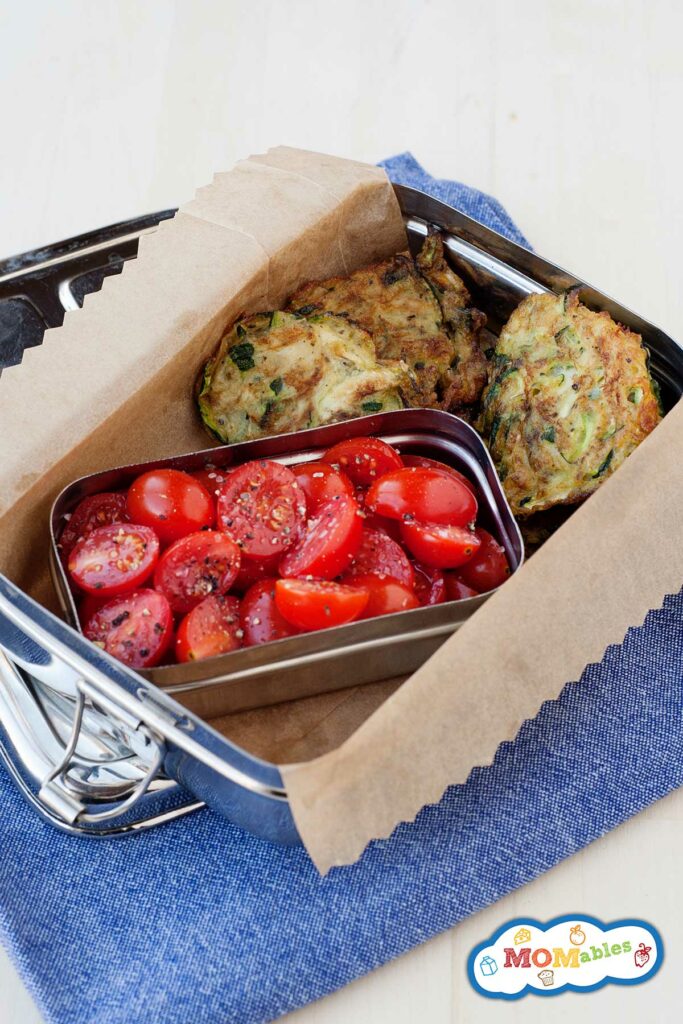
 Lemon, Ginger, and Mint Sweet Iced Tea
Lemon, Ginger, and Mint Sweet Iced Tea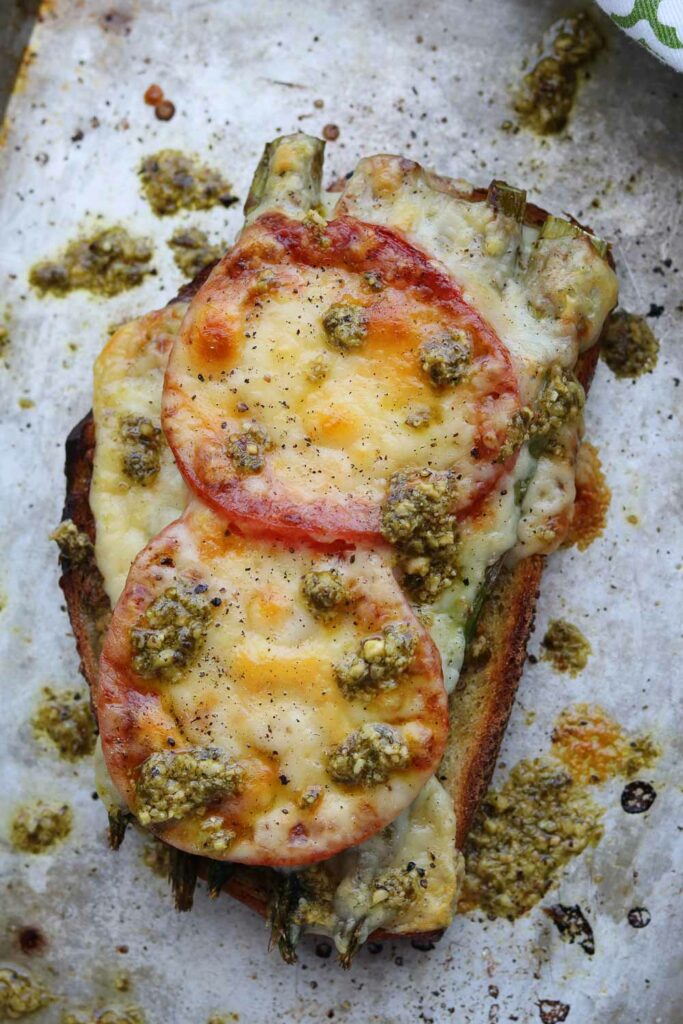 Roasted Asparagus Tomato Pesto Melt
Roasted Asparagus Tomato Pesto Melt Zucchini Bread & Butter Pickles
Zucchini Bread & Butter Pickles Teriyaki Carbonara
Teriyaki Carbonara Mom’s Sweet Corn Chowder
Mom’s Sweet Corn Chowder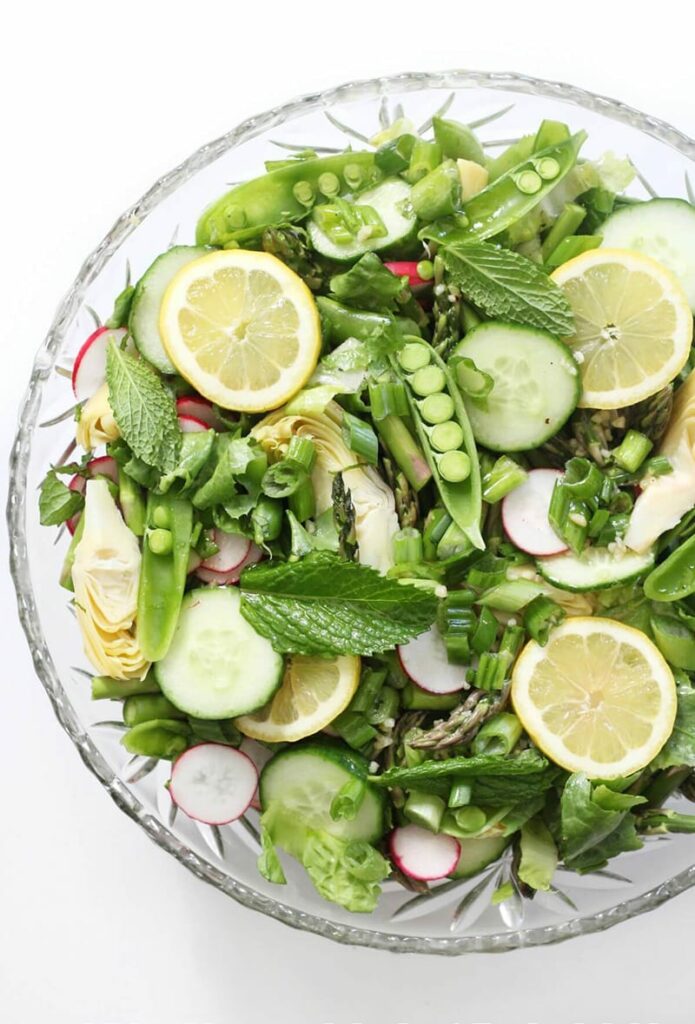 Spring Salad with Lemon, Mint, and Peas
Spring Salad with Lemon, Mint, and Peas
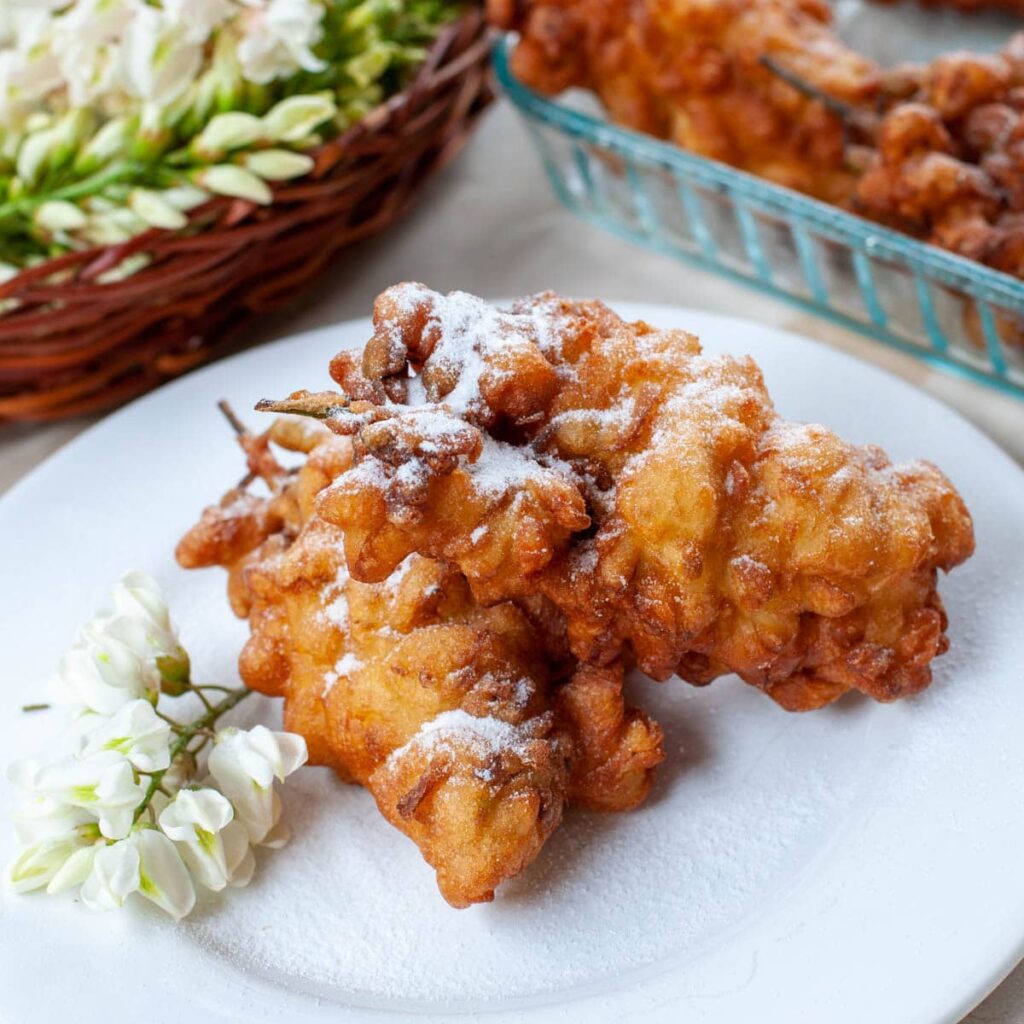 Acacia Flower Fritters
Acacia Flower Fritters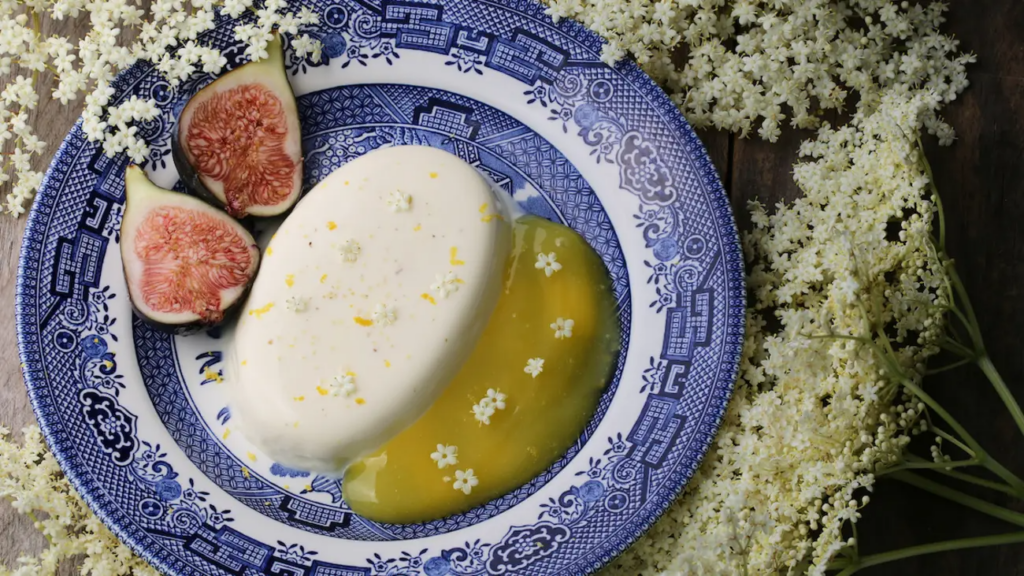 Elderflower Panna Cotta with Lemon Sauce
Elderflower Panna Cotta with Lemon Sauce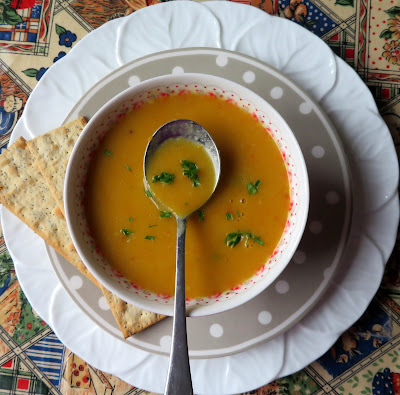 Spiced Parsnip & Carrot Soup
Spiced Parsnip & Carrot Soup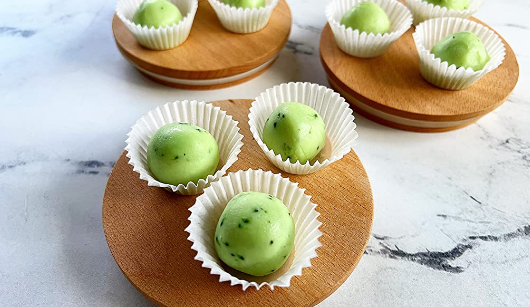 Daniel & Joyce’s Broccoli Fudge Balls
Daniel & Joyce’s Broccoli Fudge Balls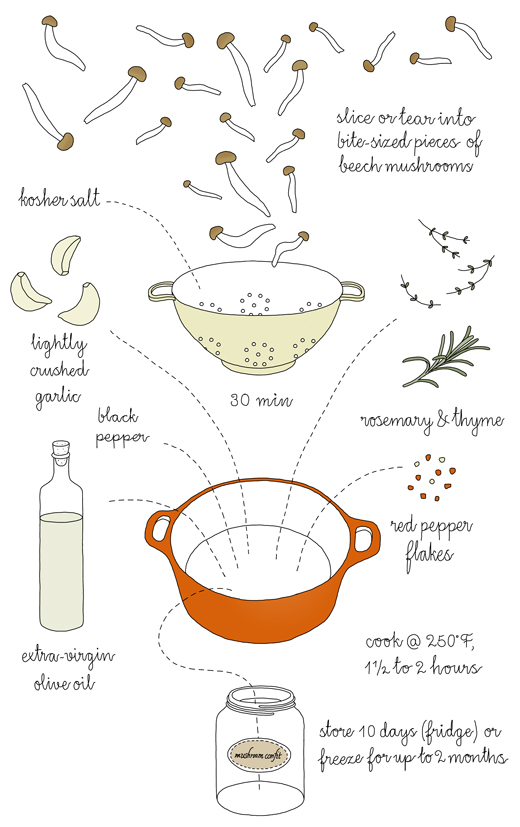
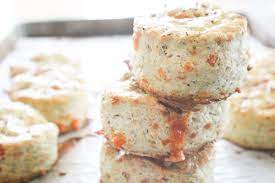
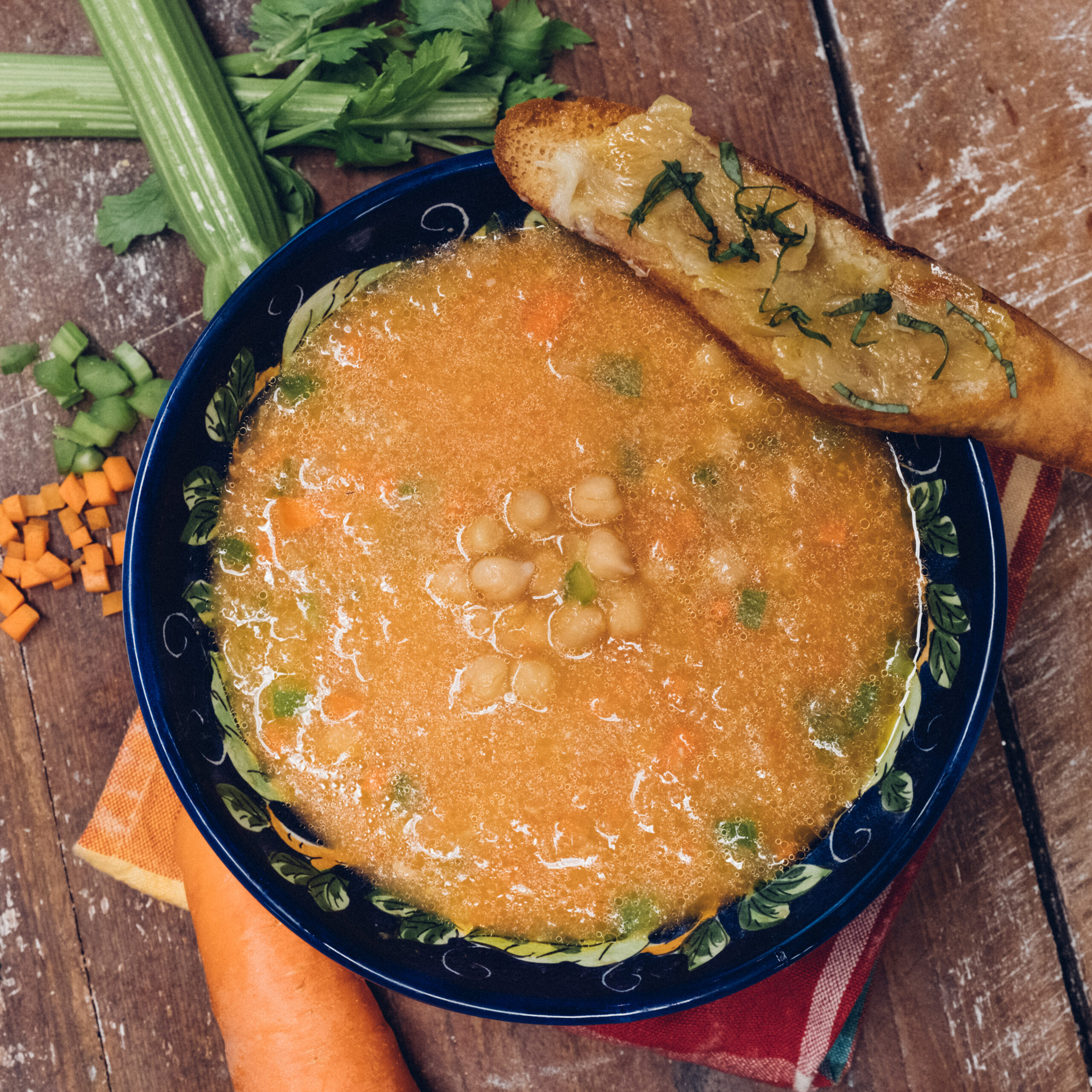 Tomato, Fennel and Chickpea Soup with Garlic Toasts
Tomato, Fennel and Chickpea Soup with Garlic Toasts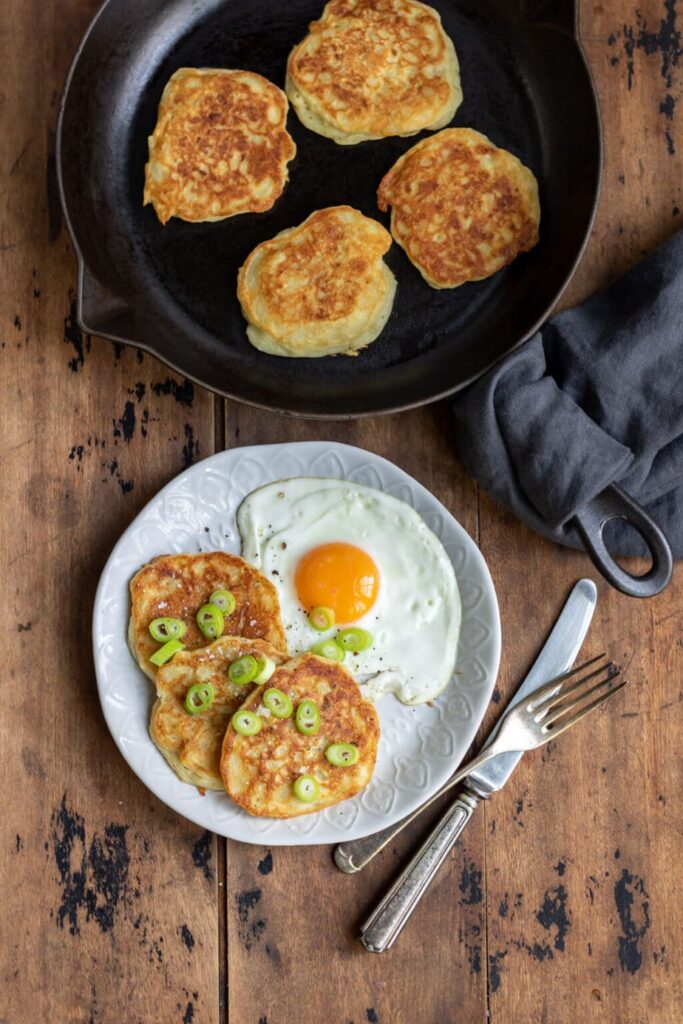 Boxty
Boxty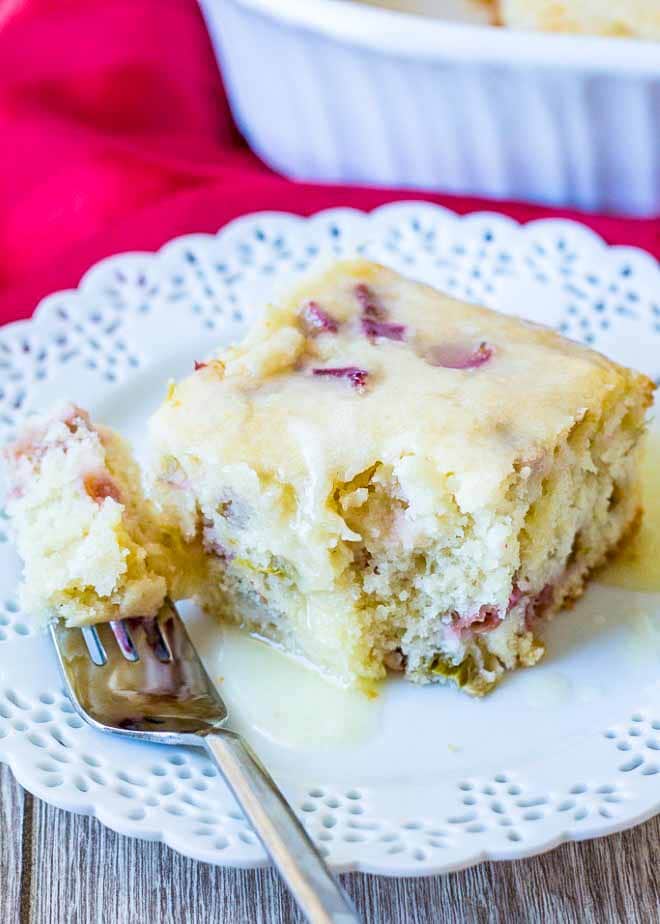 Rhubarb Cake with Butter Sauce
Rhubarb Cake with Butter Sauce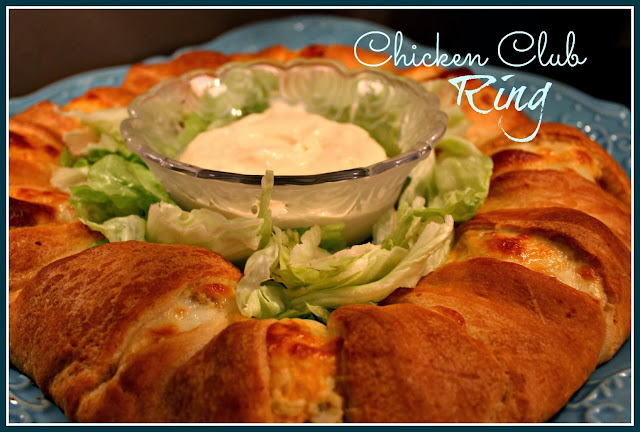 Chicken Club Ring
Chicken Club Ring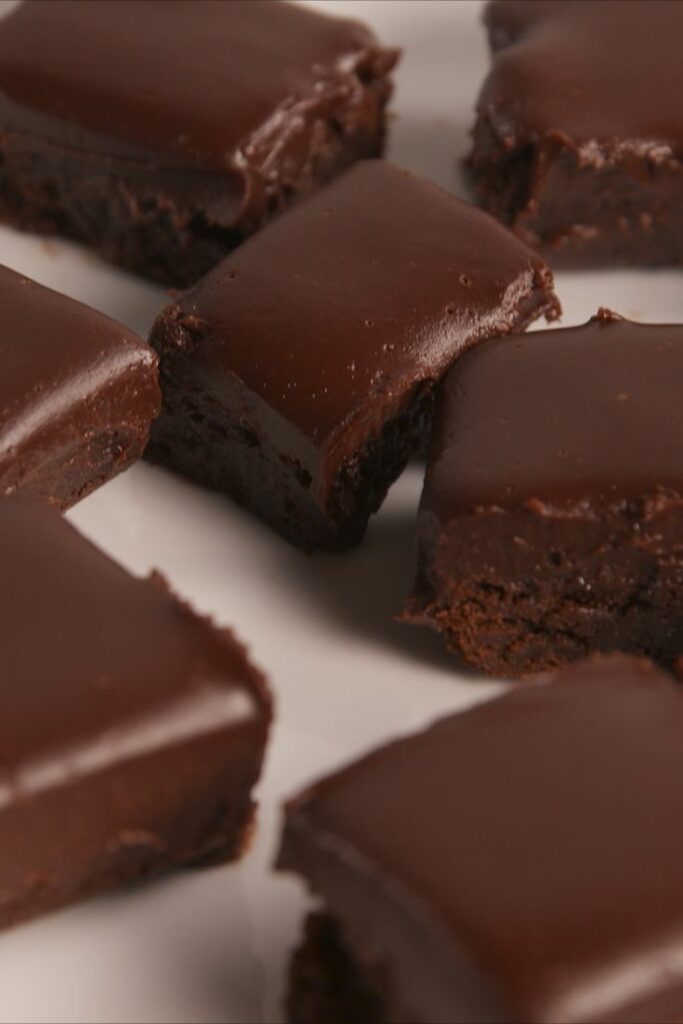 St. Patrick’s Brownies
St. Patrick’s Brownies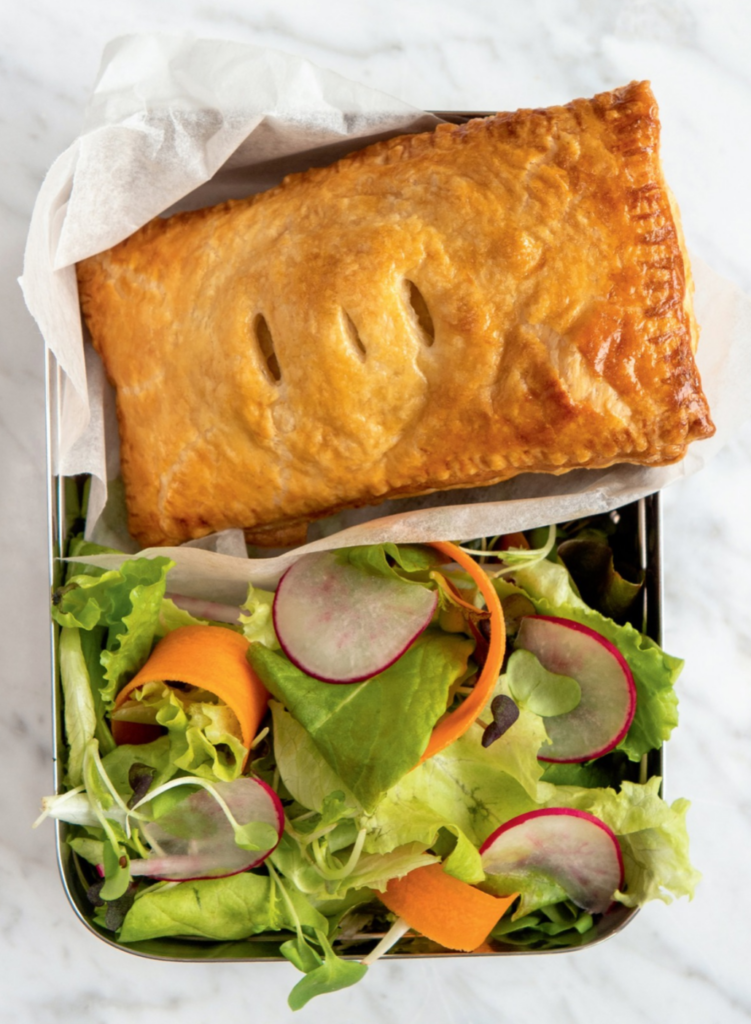
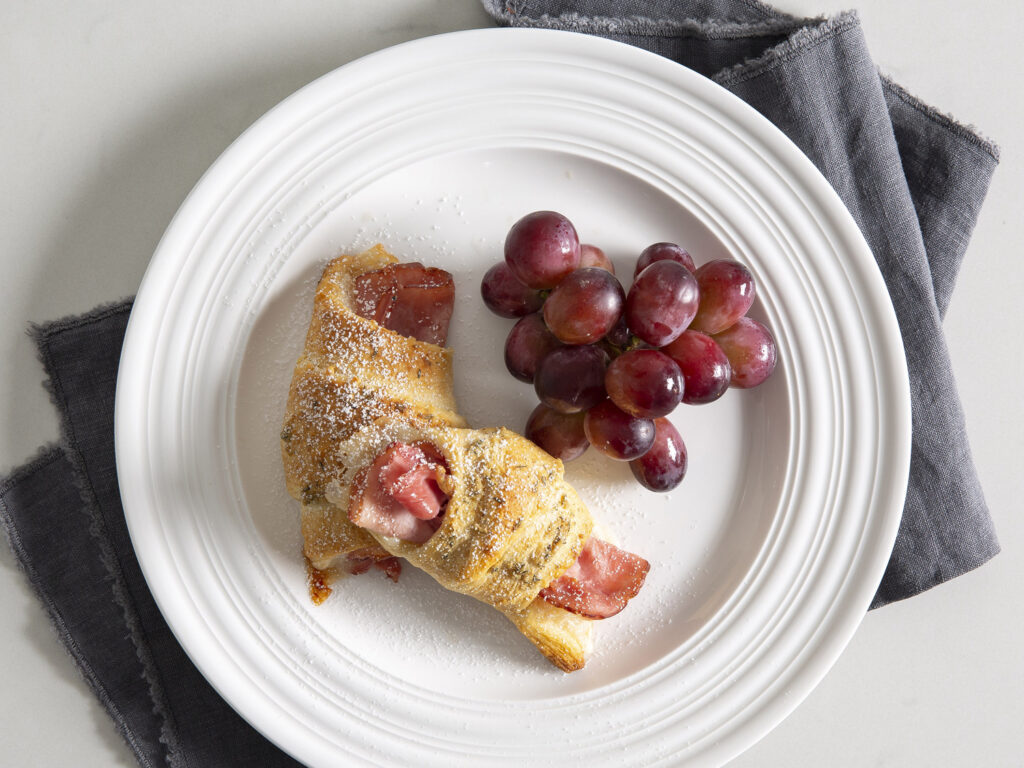 Croque Monsieur Crescent Roll-Ups
Croque Monsieur Crescent Roll-Ups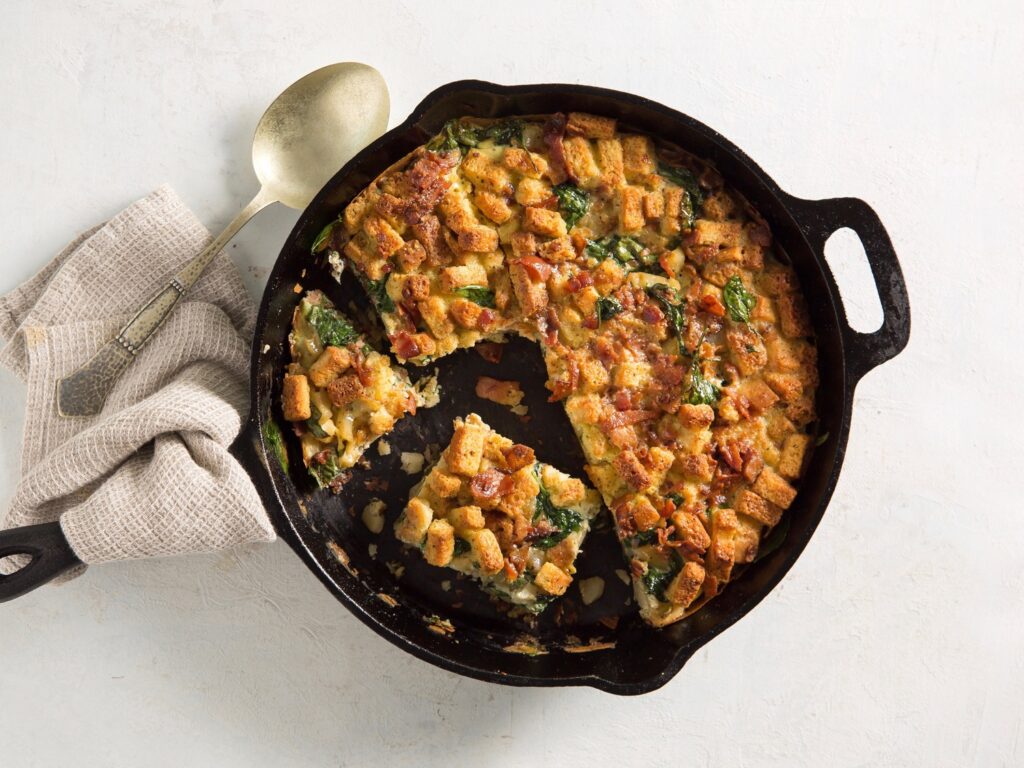 Bacon, Egg, and Hash Brown Casserole
Bacon, Egg, and Hash Brown Casserole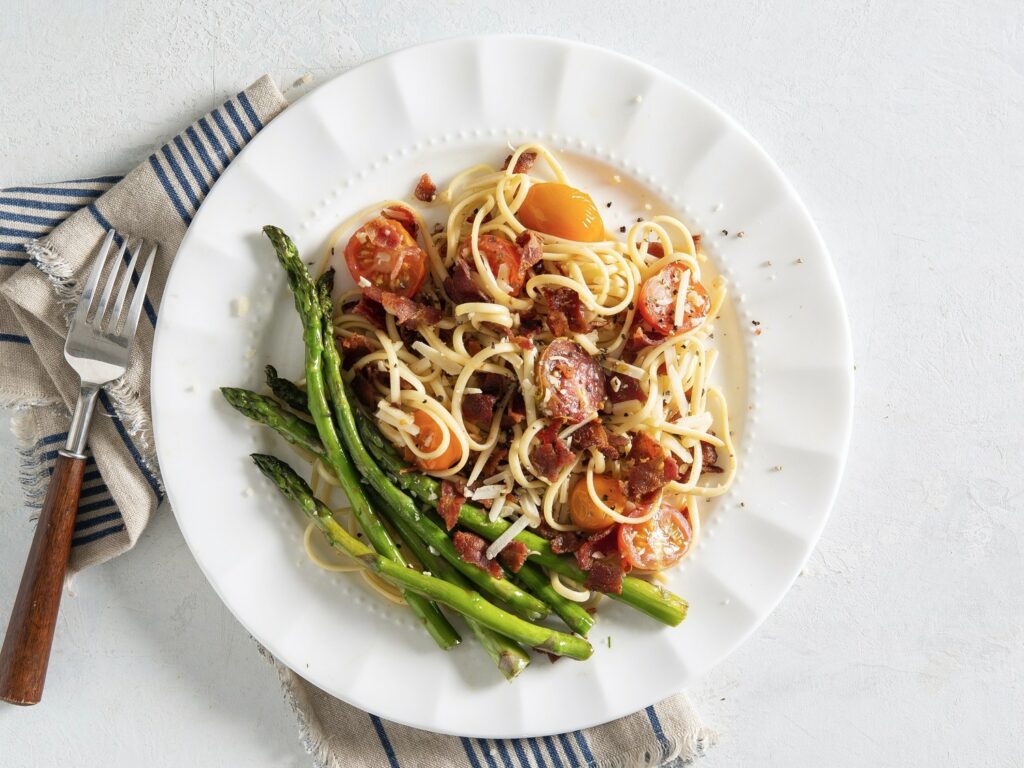 Parmesan-Bacon Pasta
Parmesan-Bacon Pasta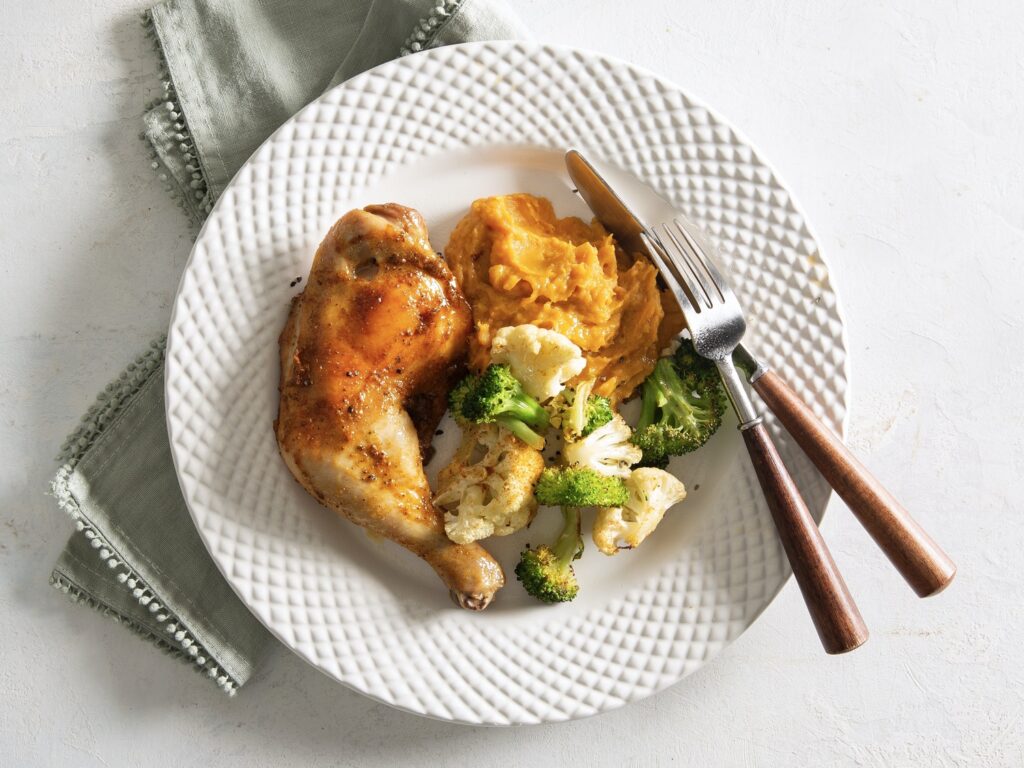 Herb-Butter Roasted Chicken & Creamy Mashed Carrots
Herb-Butter Roasted Chicken & Creamy Mashed Carrots Pan-Roasted Chicken with Vegetables and Herbs
Pan-Roasted Chicken with Vegetables and Herbs Lime-Pineapple Soda
Lime-Pineapple Soda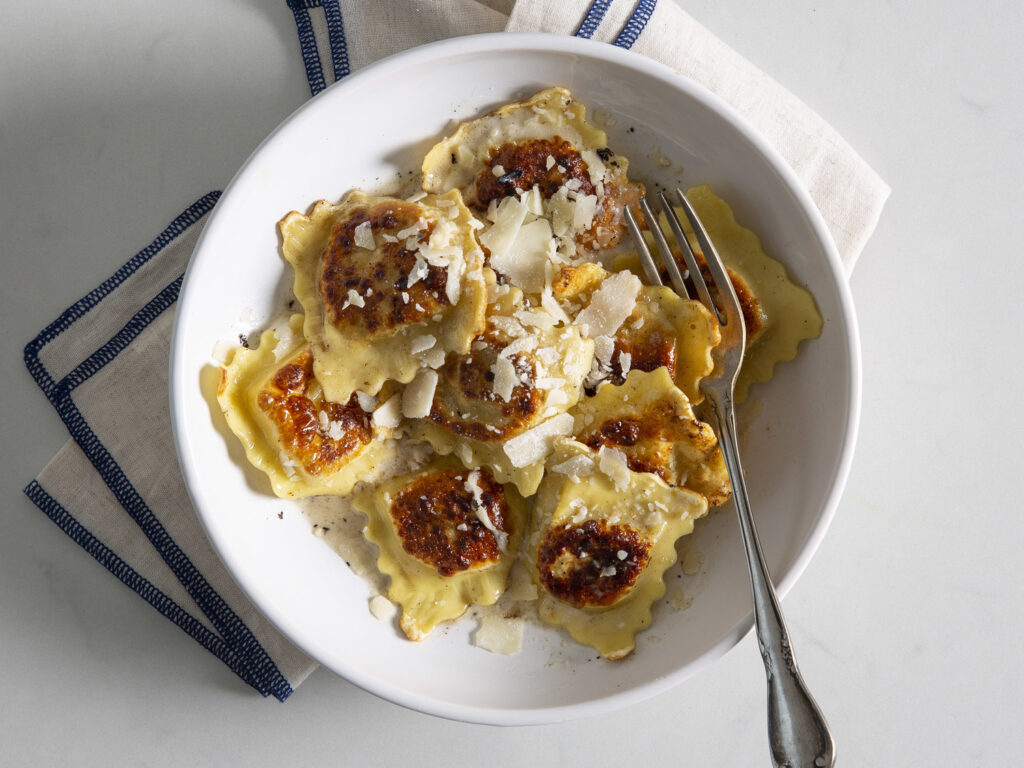 Toasted Cheese Ravioli
Toasted Cheese Ravioli
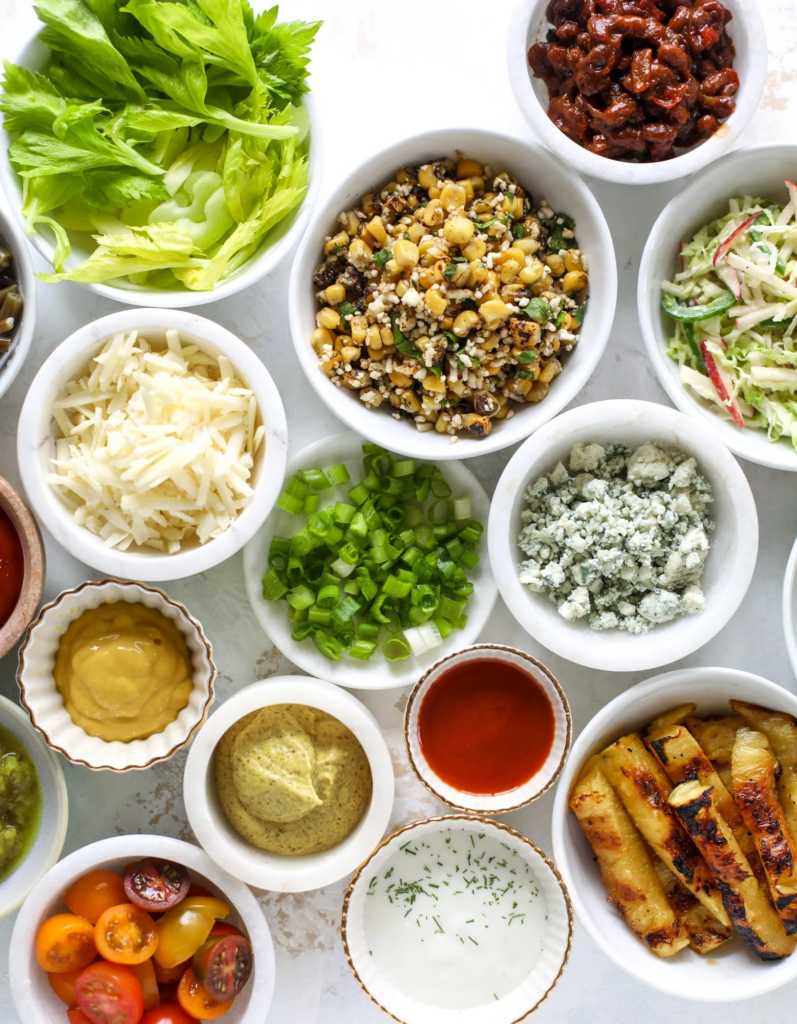 Aioli
Aioli
 Bacon and Cheese Wonton Pierogies
Bacon and Cheese Wonton Pierogies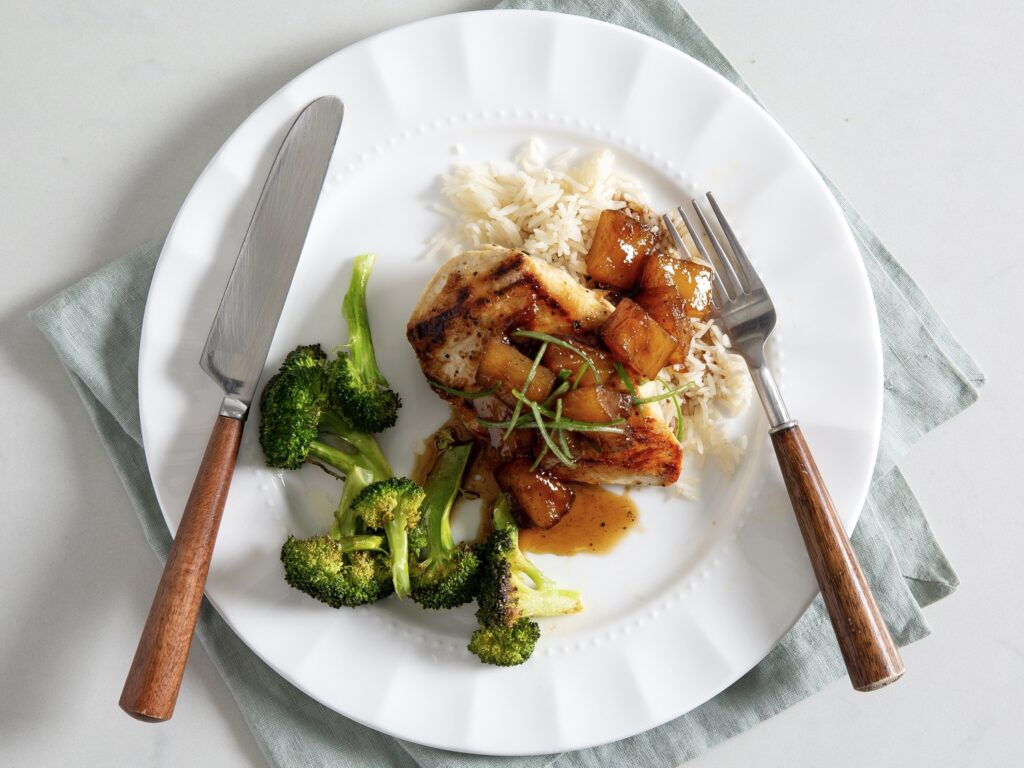 Hawaiian Chicken
Hawaiian Chicken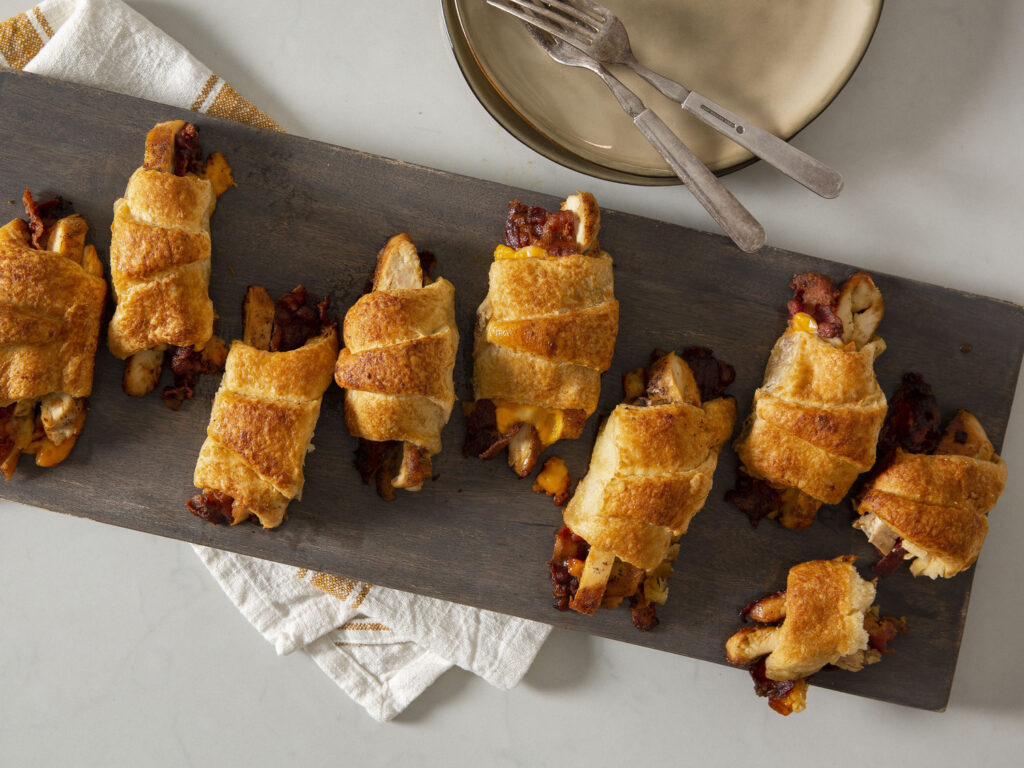 Chicken Club Crescents
Chicken Club Crescents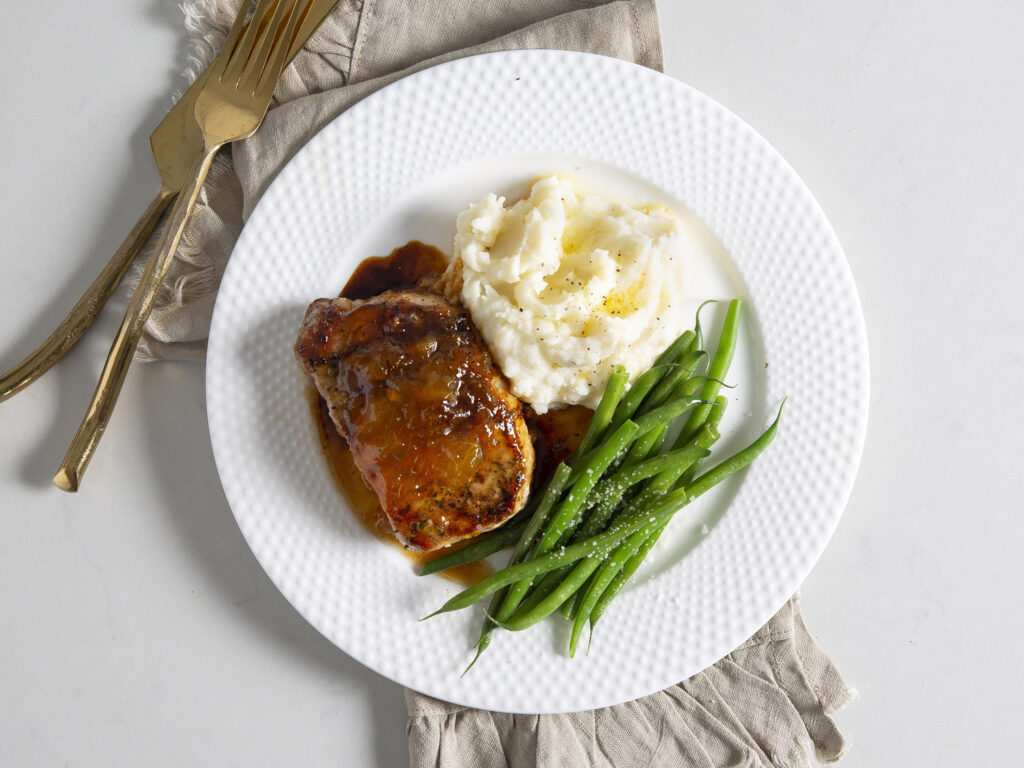
 Honeyed Orange Breeze
Honeyed Orange Breeze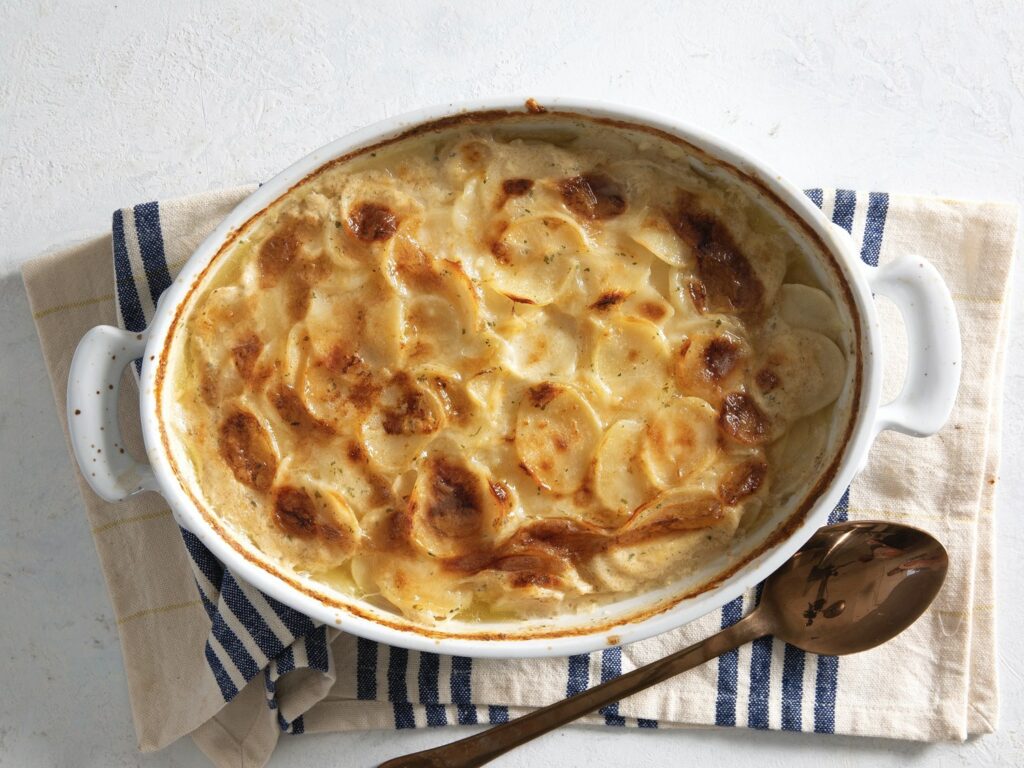 Beef and Scalloped Potato Casserole & Romaine Salad
Beef and Scalloped Potato Casserole & Romaine Salad
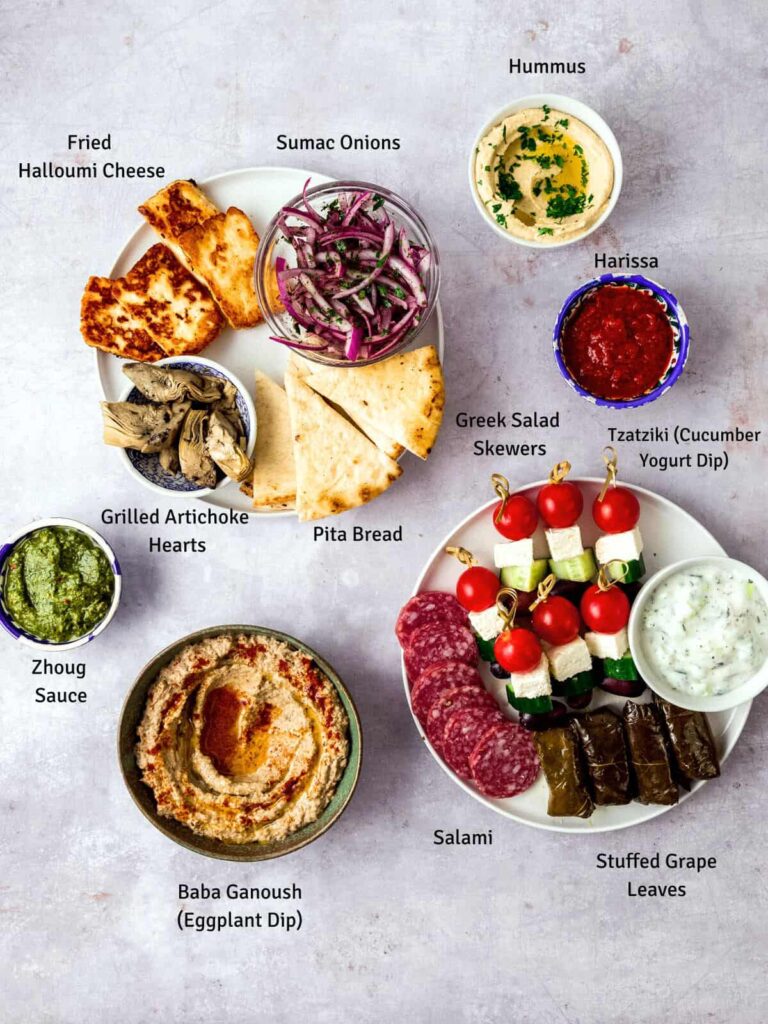
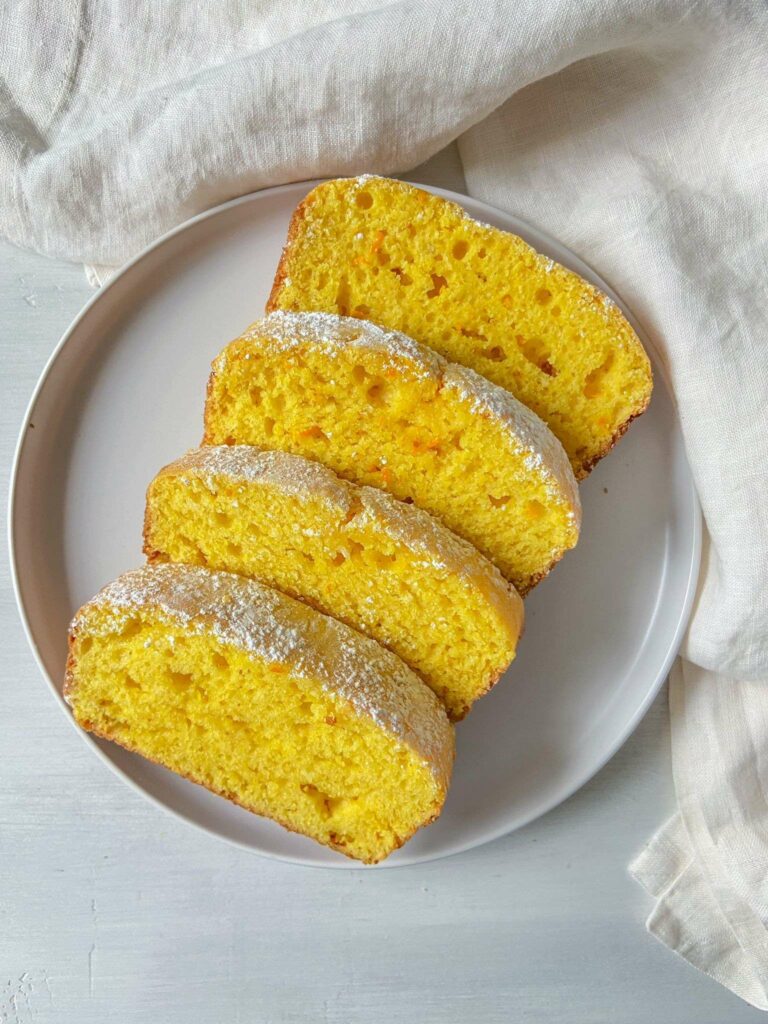 Blender Orange-Lemon Cake
Blender Orange-Lemon Cake Bacon and Potato Breakfast Casserole
Bacon and Potato Breakfast Casserole